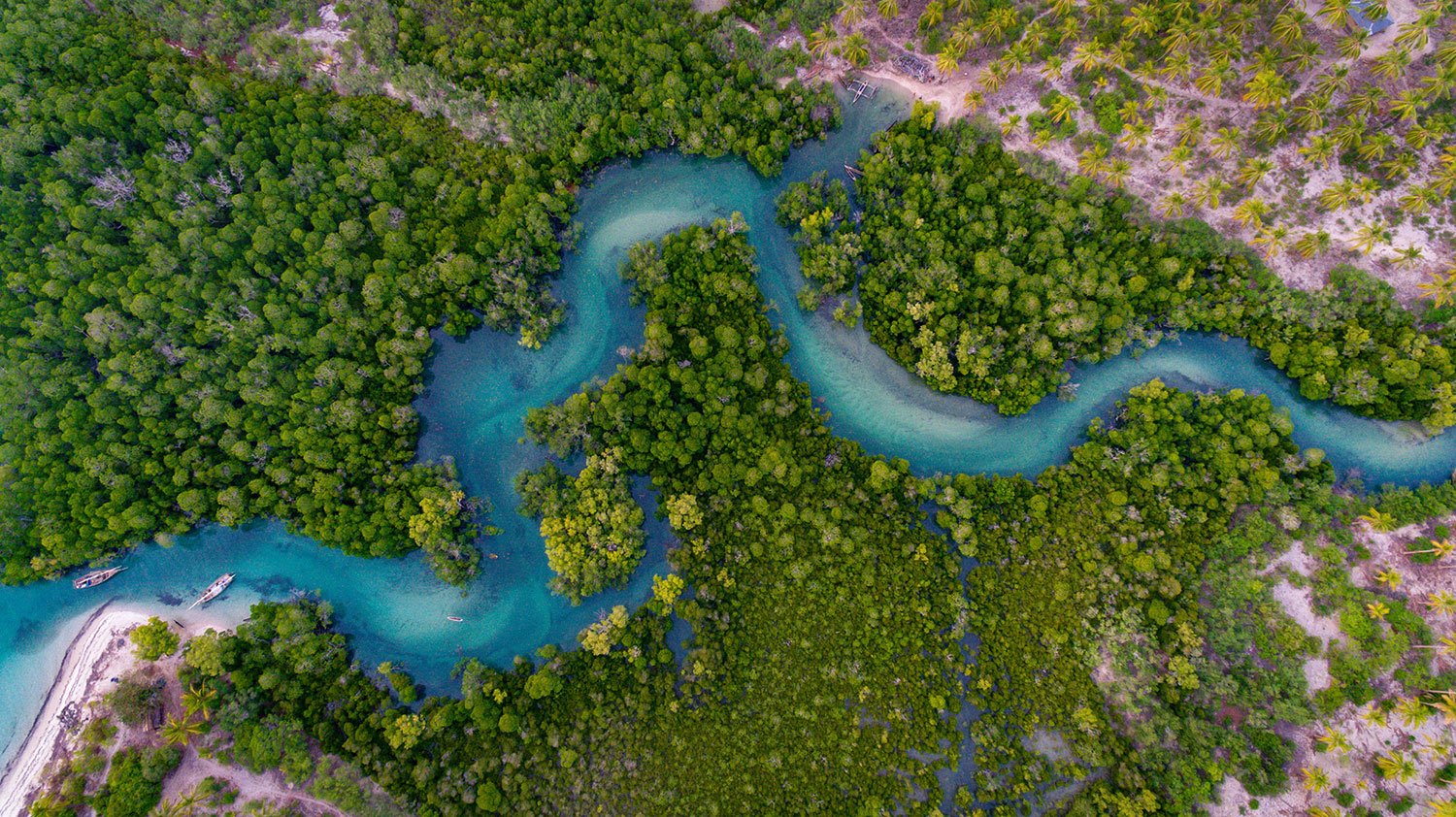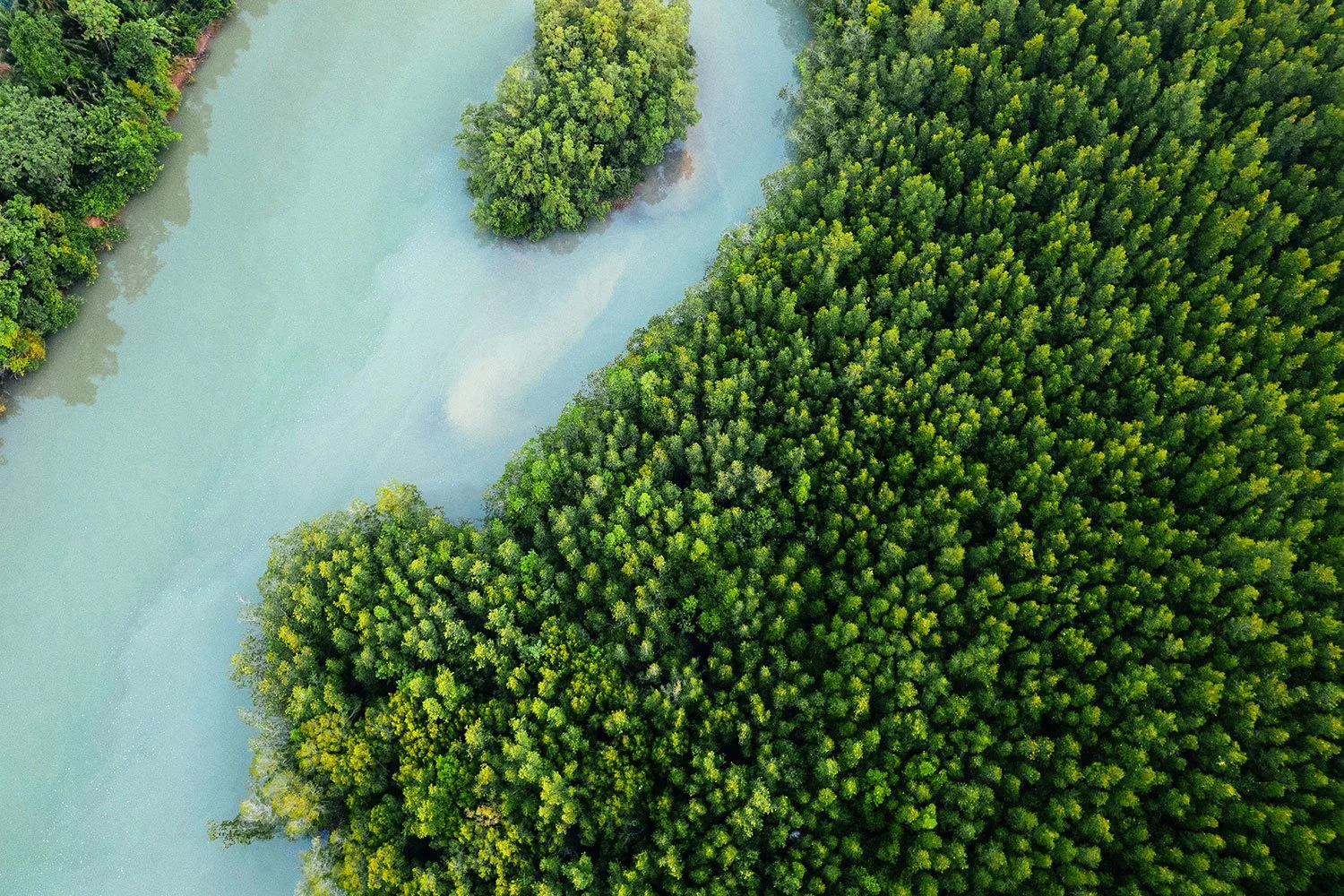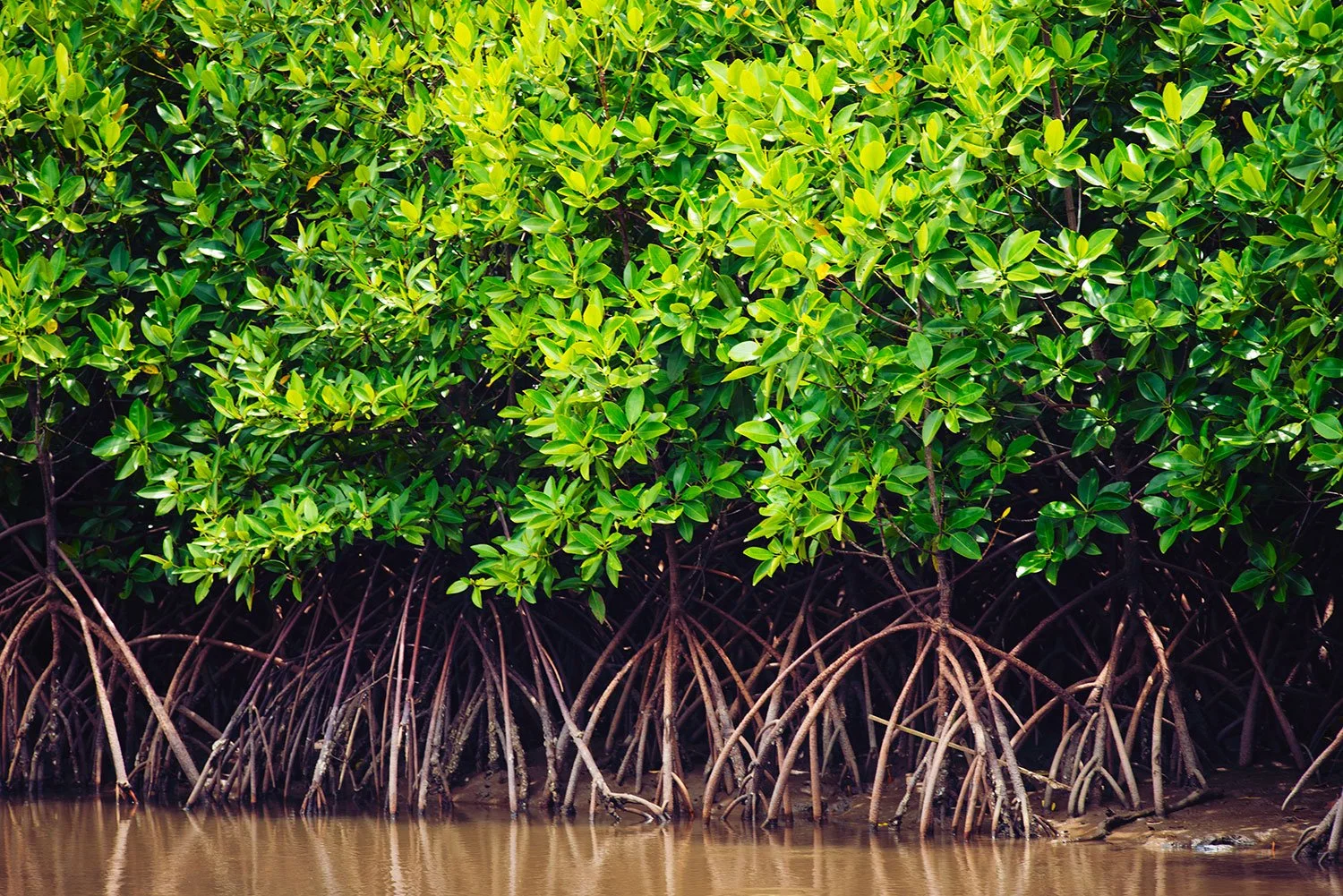Mangrove Trees Sequester Massive Amounts Of Carbon
Mangrove trees are an essential part of the Earth's ecosystem, providing critical habitats for many species of plants and animals. But they also play an important role in mitigating climate change.
Mangroves are able to sequester large amounts of carbon dioxide from the atmosphere, helping to offset greenhouse gas emissions and slow the pace of climate change.
CO2 Sequestration Vs Carbon Offsetting: What's the Difference?
CO2 sequestration is the process of capturing and storing carbon dioxide, while carbon offsetting is the process of reducing emissions of greenhouse gases.
Mangroves sequester carbon dioxide by absorbing it through their leaves and converting it into organic matter, which is then stored in the tree's roots and trunk. This process helps to offset emissions of greenhouse gases and slow the pace of climate change.
Carbon offsetting is a way of mitigating the impact of greenhouse gas emissions by investing in projects that reduce or prevent those emissions.
Carbon offsets can be used to fund mangrove conservation and restoration projects, which would help to further offset emissions and protect these important ecosystems.
Conserving and restoring mangroves is essential for mitigating climate change and protecting our planet's biodiversity.
Carbon Sequestration in Mangrove Trees
Mangroves have a unique root system that allows them to absorb and store large amounts of carbon dioxide. Their roots are able to filter out impurities from the air, allowing them to sequester more carbon dioxide than other types of trees.
In addition, mangroves are able to store carbon in their leaves and wood for long periods of time. This means that they are able to offset greenhouse gas emissions for extended periods of time, helping to slow the pace of climate change.
What's more, mangroves provide critical habitats for many species of plants and animals. By sequestering carbon dioxide, they help to keep the Earth's atmosphere clean and provide a vital refuge for wildlife.
How Much Carbon Can Mangrove Trees Sequester?
It is estimated that mangrove trees can sequester up to 2.5% of the world's total carbon dioxide emissions. This may not seem like a lot, but it is a significant amount when you consider that mangroves make up just 0.7% of the world's total forest cover.
A single mangrove tree can sequester up to 0.3 tonnes of carbon dioxide over its lifetime. And a single mangrove forest can store hundreds of tons of carbon dioxide. This makes them one of the most important tools we have for mitigating climate change.
In other words, mangroves are a very efficient way to offset carbon dioxide emissions. And they are an important part of the solution to climate change.
Can Other Trees Sequester Carbon?
Other types of trees can also sequester carbon, but not as effectively as mangroves. For example, a eucalyptus tree can sequester 0.1 tonnes of carbon dioxide over its lifetime. This is just a fraction of the amount that a mangrove tree can sequester.
What's more, other types of trees are not as efficient at storing carbon. They often release carbon dioxide back into the atmosphere when they die and decompose. This means that they are not as effective at offsetting emissions over the long term.
Final Thoughts
While mangrove trees are not the only solution to climate change, they are a vital part of the solution. Their ability to sequester carbon dioxide makes them an important tool in the fight against climate change.
What's more, their role in providing critical habitats for many species of plants and animals makes them a valuable asset to the planet's biodiversity.
For these reasons, it is important to protect and conserve mangroves. And it is important to invest in projects that restore these important ecosystems.



